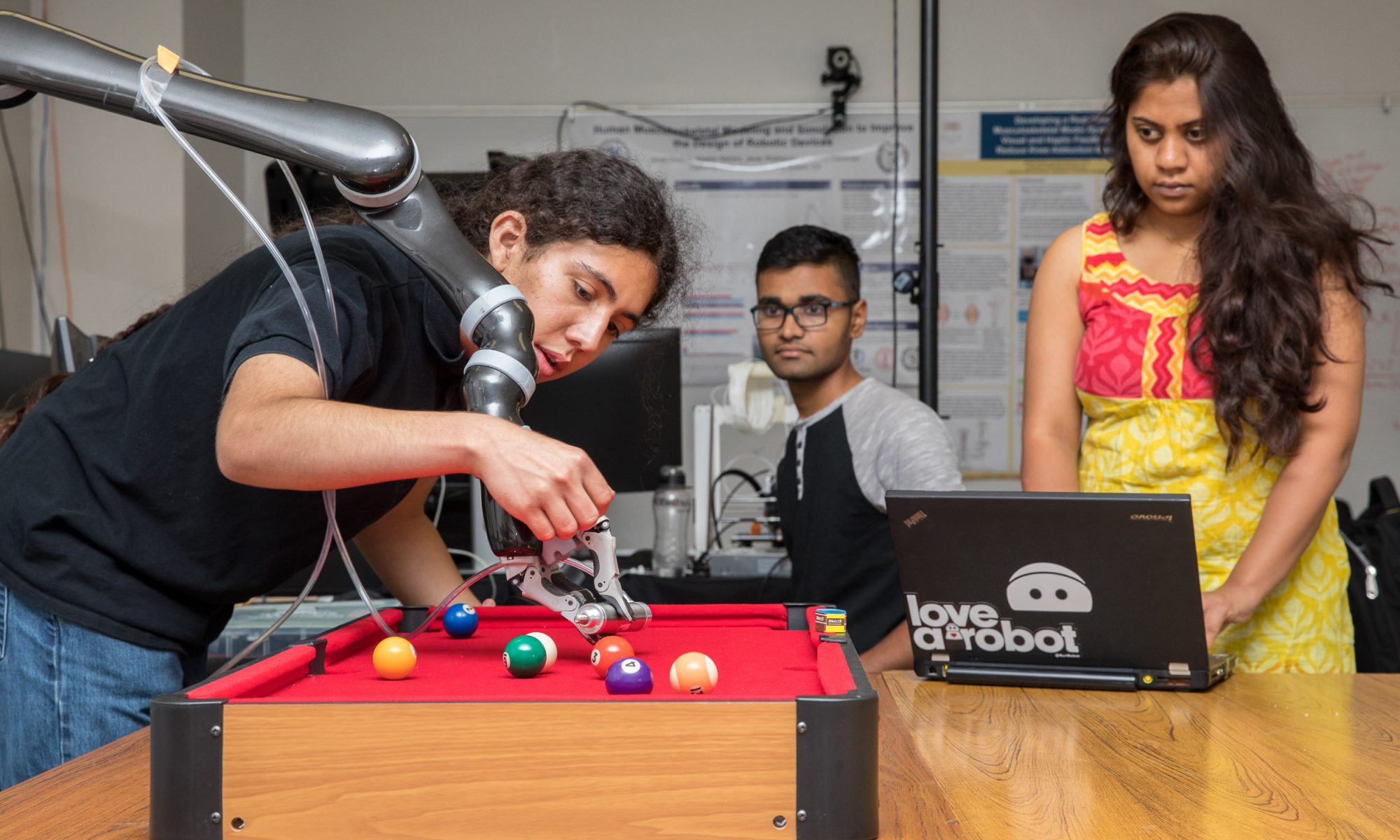
Despite recent rains, California’s long-term water future remains uncertain. That makes coming up with new ways to reuse water even more critical.
In the CSULB Civil Engineering and Construction Engineering Management Department, Assistant Professor Jin Gi Hong will be designing a sustainable wastewater treatment system for cooling towers. The system would not only improve the towers’ operational efficiency, but potentially help save the CSU system up to 92,400 gallons of water per day.
With a $75,557 grant from the Metropolitan Water District of Southern California and the U.S. Department of the Interior’s Bureau of Reclamation, Hong and his two student researchers will design an advanced Zero Liquid Discharge wastewater treatment system for the cooling tower in CSULB’s Central Heating and Cooling Plant. The team is partnering with ABR Process Development, an Australia-based process and technology development company.
Cooling towers are important to target for many reasons, said Hong. First, they’re one of the biggest water consumers in industrial, government, and university buildings. In addition, the state’s drought and increasing water usage have made the high-quality, low-hardness water preferred for cooling towers scarcer and more expensive.
At the same time, stricter environmental restrictions on effluent discharge have resulted in higher fees for disposing of cooling tower blowdown in the sewer system. And scale, corrosion, deposition, and biological fouling are ongoing problems, adding to the difficulty and costs associated with cooling tower water systems.
Hong said sustainable and energy-efficient technologies hold great promise for increasing the available water supply beyond the hydrological cycle.
“Today, water and energy systems are interdependent,” he said. “The cooled cooling tower water is often discharged to the ocean for highly energy-intensive seawater desalination process. The concept of cooling tower water recycling could provide water supply reliability at far less energy intensity.”
In light of the continuing need for water conservation in California, developing more efficient cooling system technology is important, said Hong.
The treatment system being proposed will use an ion exchange system to purify and recycle virtually all wastewater the cooling tower produces. In addition to ion exchange, the system could use an electrochemical cell and system, filters for solids removal, and electrodialysis for removing remaining alkali hydroxides.
Treating cooling tower blowdown waste from the existing plant using a combination of technologies will save incoming fresh water and offer a reliable strategy for increasing water use efficiency.
Hong said according to model calculations, the system could result in wastewater savings of up to 99.7 percent and total dissolved solids reductions of up to 67.6 percent. The estimated blowdown recovery rate will help the CSULB cooling tower save up to 4,019 gallons per day of water.
“Reusing deionized water in the cooling tower system is a practical and direct means of saving water and energy,” Hong said. “With a successful application of this research at CSULB, the results can also be applied throughout the CSU campus network. Assuming all 23 CSU campuses operate cooling towers at similar capacities, the potential savings could be up to 92,400 gallons per day.”
The research could help the university meet a CSU mandate to use water more wisely. In 2014, the Chancellor’s Office called on all CSU campuses to develop and implement plans for reducing water usage. In response, CSULB developed a Water Action Plan that calls for improved auditing of campus water use, adoption of existing best practices, and identification of new opportunities.
Hong joined CSULB in Fall 2015 after earning a PhD in Environmental Engineering from Georgia Institute of Technology. He also holds a master’s degree in Environmental Engineering from Cornell University and a bachelor’s degree in Civil Engineering from Hong-Ik University in South Korea.

